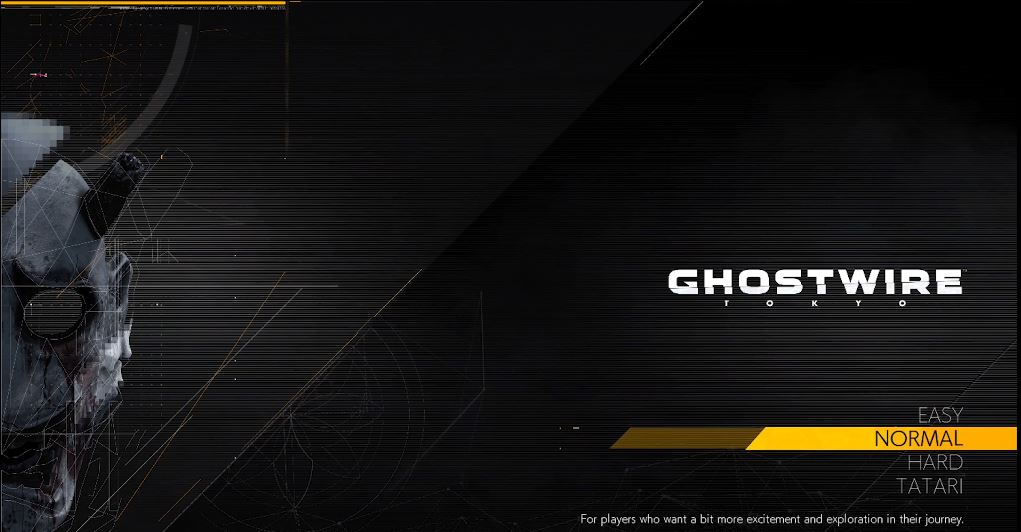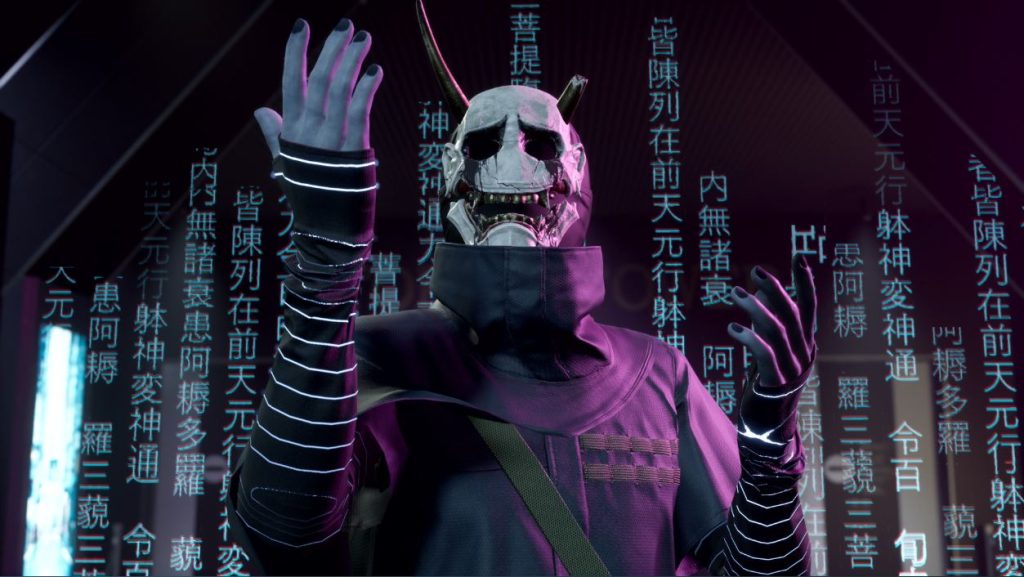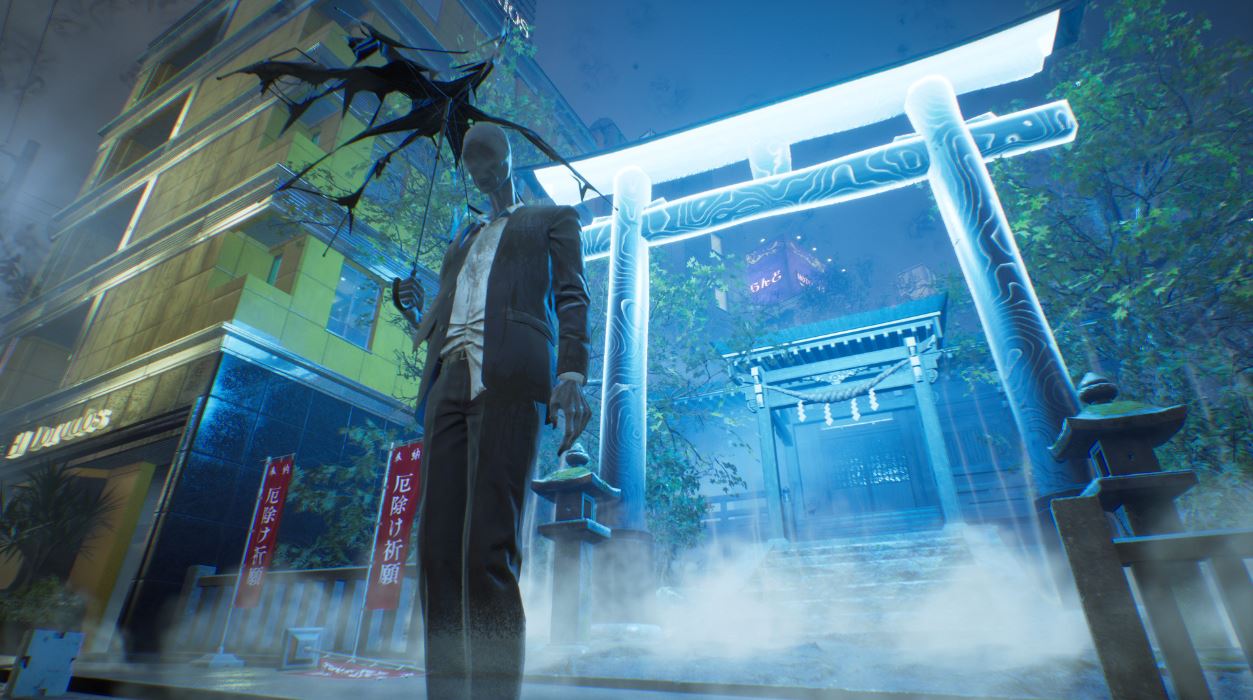Tango Gameworks, the masterminds behind the twisted survival horror series The Evil Within are finally coming out with their latest outing “Ghostwire Tokyo”. It has been a long-anticipated game by many people, particularly fans of their Evil Within series as well as other games previously made by the head of the company “Shinji Mikami”.
The game is a supernatural open-world first-person adventure game set in modern-day Tokyo where you play as Akito, a person possessed by a ghost called “KK”, and fight supernatural beings that stem from old Japanese urban legends and folktales like Kuchisake Onna or Hachisakusama to name a few. As is customary for most Tango Gameworks games, difficulties in Ghostwire Tokyo are a bit more important than it would be in some other games, which is why we’ve made this guide to let you know what might be the best difficulty for you, although the game itself does a good enough job telling you so.
Which Difficulty to Pick in Ghostwire Tokyo:

Ghostwire Tokyo can be a challenging game, especially early on when you’re just starting it. Enemies deal a lot of damage and your options for firing back are somewhat limited until you start exploring and progressing through the main story. Following are the difficulty options you can choose from:
Easy:
“For players who just want to relax and enjoy the game’s story”
Easy mode is exactly what it says on the tin. If you’re fresh off the heels from getting beaten to an absolute pulp by From Software’s latest Elden Ring and are looking for a relaxing change of pace, first of all go play Animal Crossing or something, but if you’re going to be adamant on it then Easy mode is the way to go.
Normal:
“For players who want a bit more excitement and exploration in their journey”
Normal mode in Ghostwire Tokyo is a bit different in the sense that while Normal mode does provide somewhat of a challenge, you can still have a relatively chill time powering through the game’s entire story mode while also getting pushed to do some exploration on the side. Enemies do a decent bit of damage but its nothing you can’t shoot through. This is likely going to be the difficulty most players will select in their first playthrough.
Hard:
“For players confident in their abilities”
Hard is for seasoned players who know what they’re doing. A good recommendation for players looking for a decent challenge and want to engage with the game’s mechanics. Playing on Hard players can likely expect a good deal of challenge with enemies doing a relatively high damage while encouraging the player to play around with all of the game’s sandbox.
Tatari:

“For players who enjoy split-second decisions being the difference between life and death”
The most unique difficulty setting in Ghostwire Tokyo, the “Super-hard” difficulties are a staple for Tango Gameworks. In The Evil Within games this difficulty was called the “Akumu Mode” and in Ghostwire Tokyo its called “Tatari” which means “Curse” in English. This difficulty has enemies that function harder, better, faster and stronger but with an even bigger curveball, you can’t earn ANY EXP and this difficulty can’t be changed until you start a new playthrough. This means that players will solely have to rely on their base skillset to fight through the horrors of Ghostwire Tokyo.
We hope, this helped you decide on which difficulty to go for in Ghostwire Tokyo.
We hope you found this guide helpful, for more guides on Ghostwire Tokyo, take a look at our Guides section!








